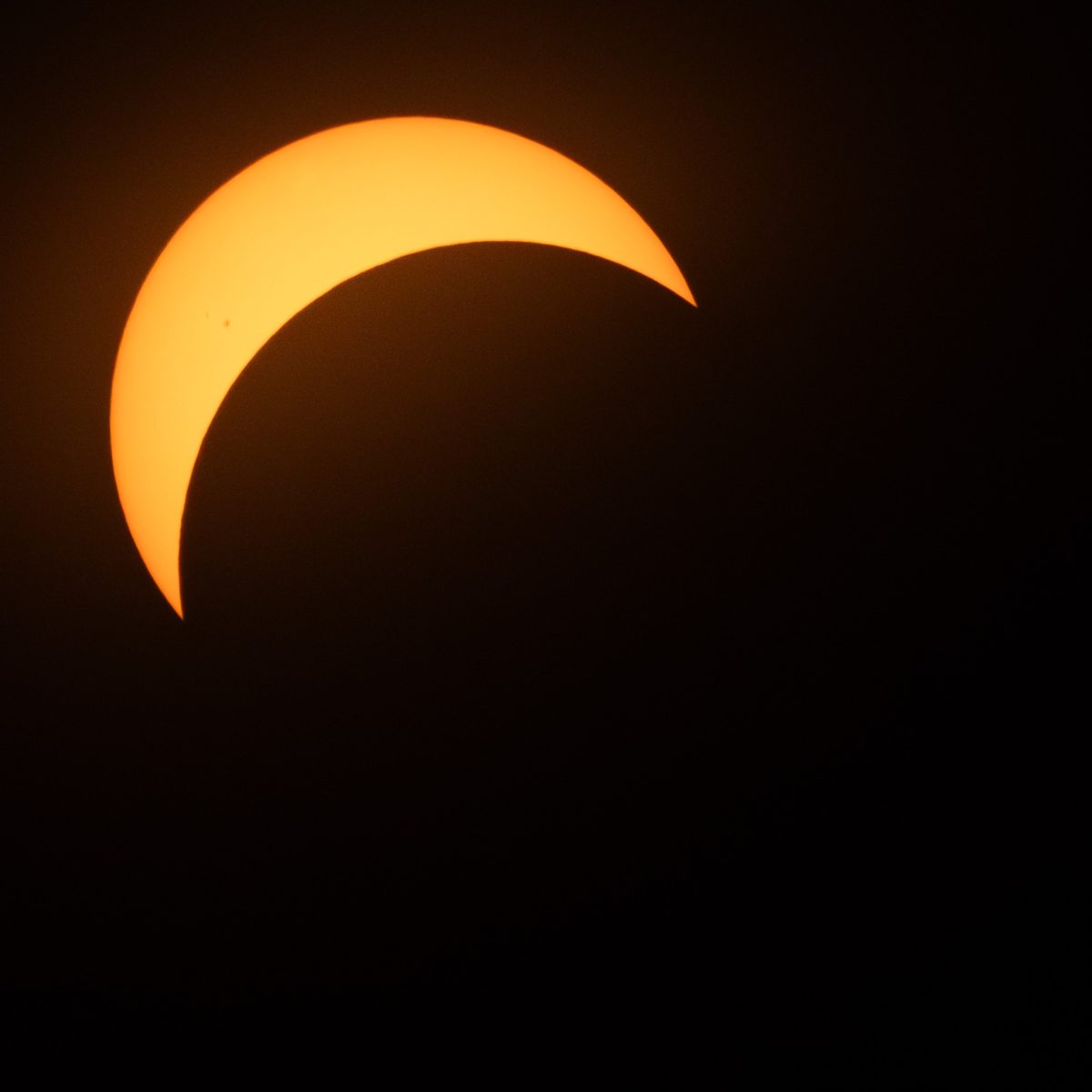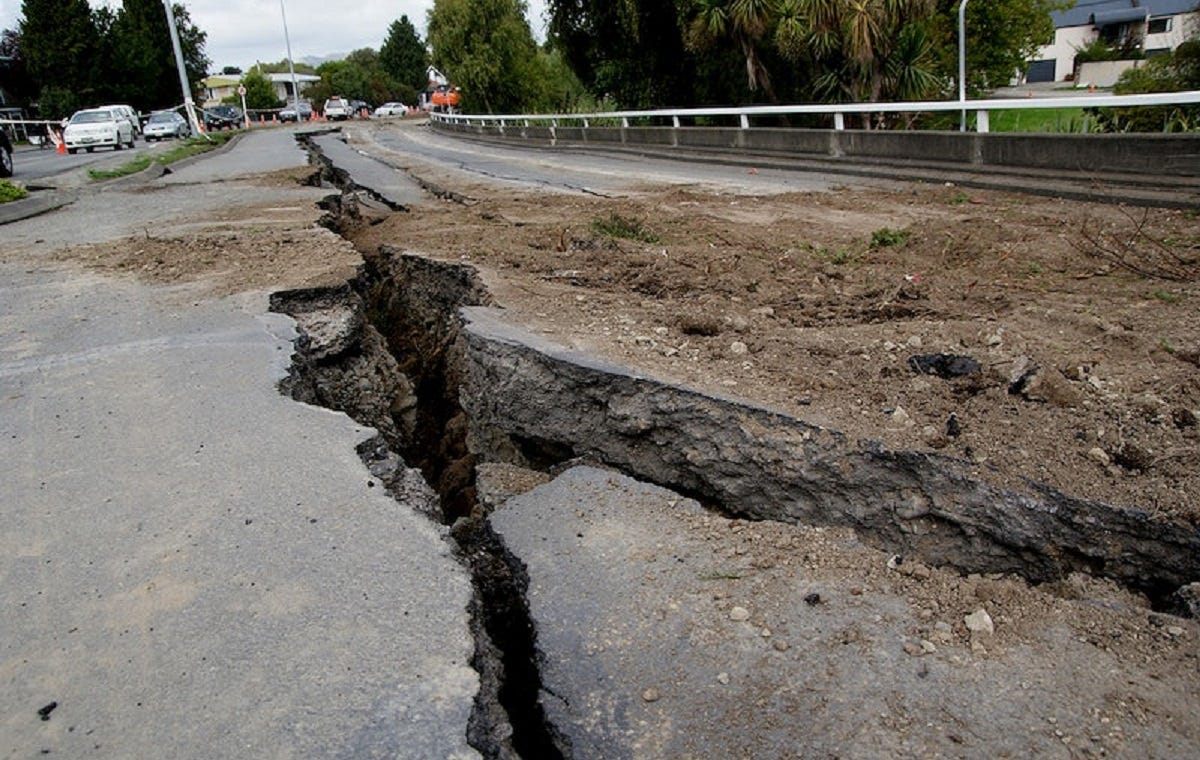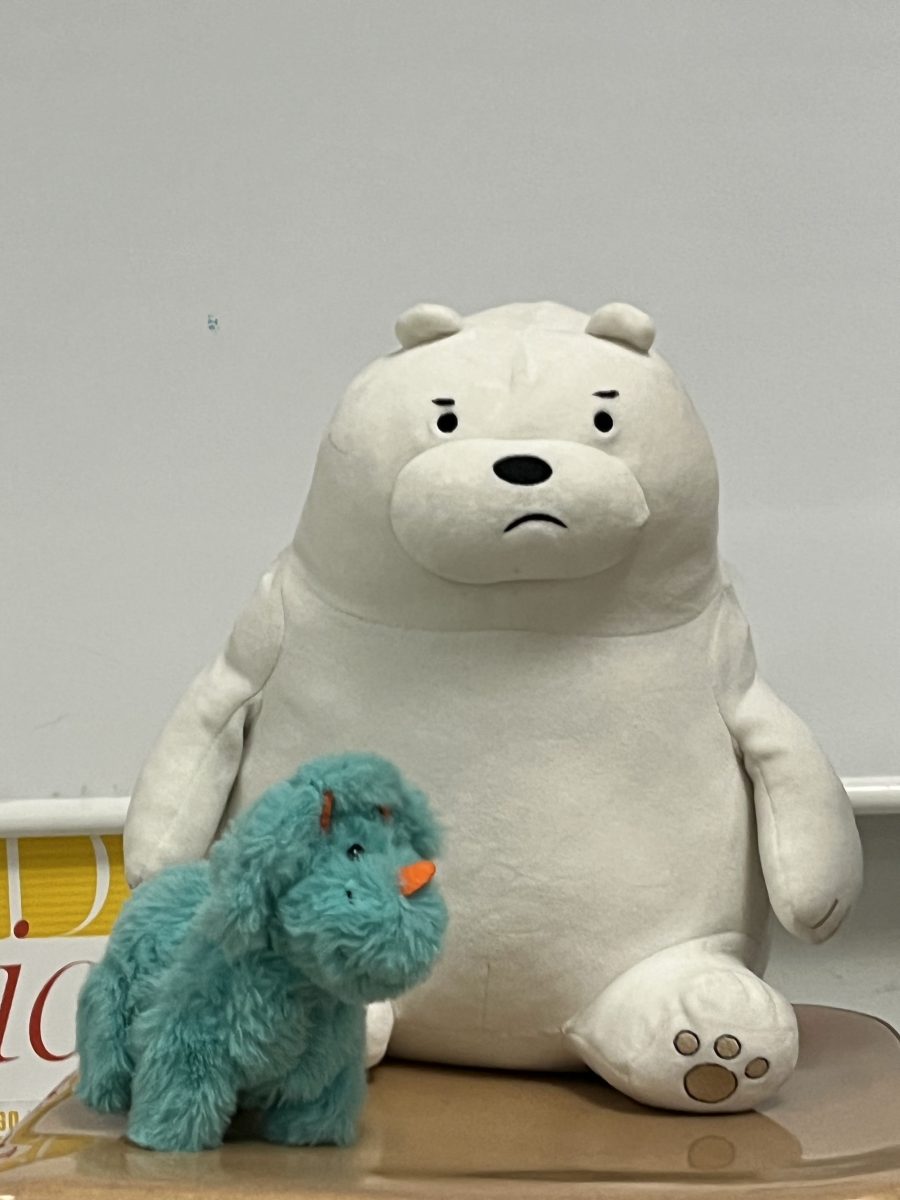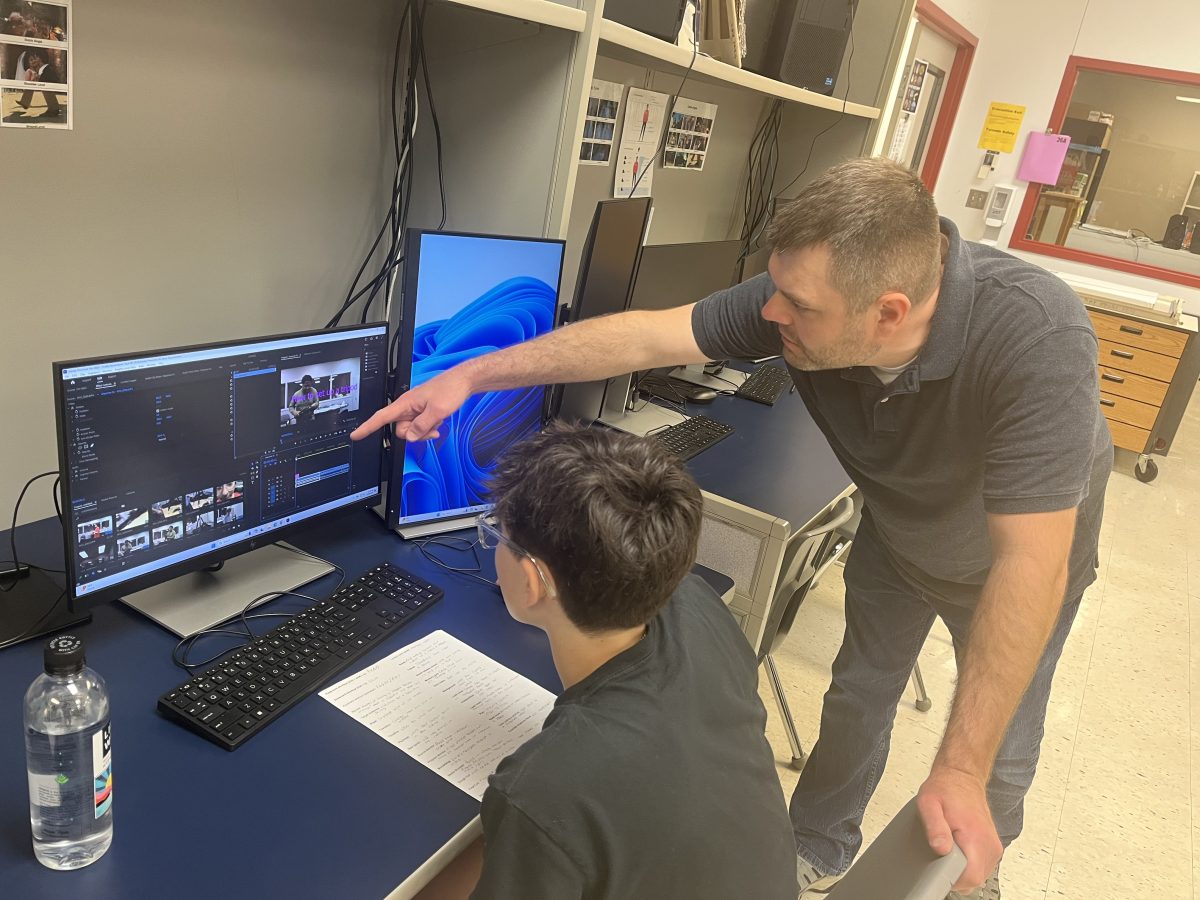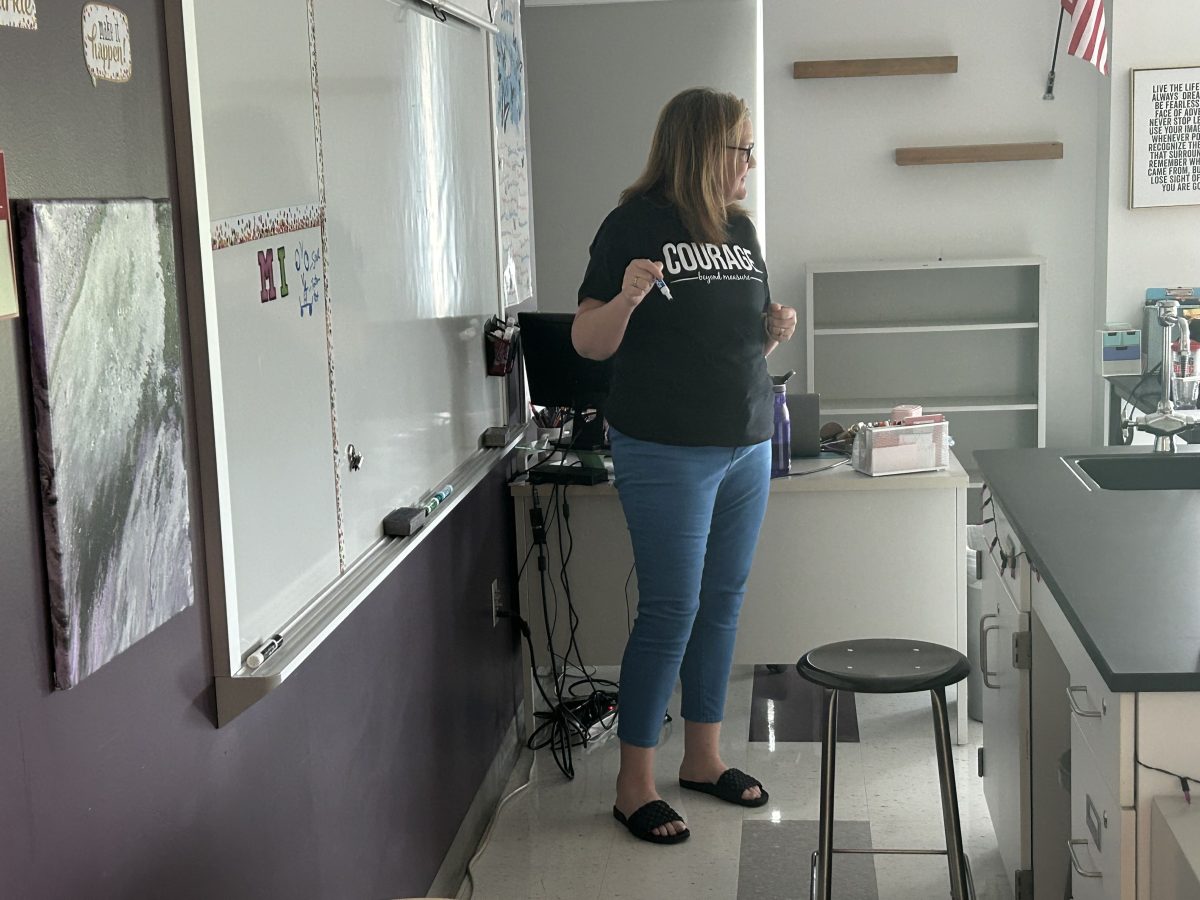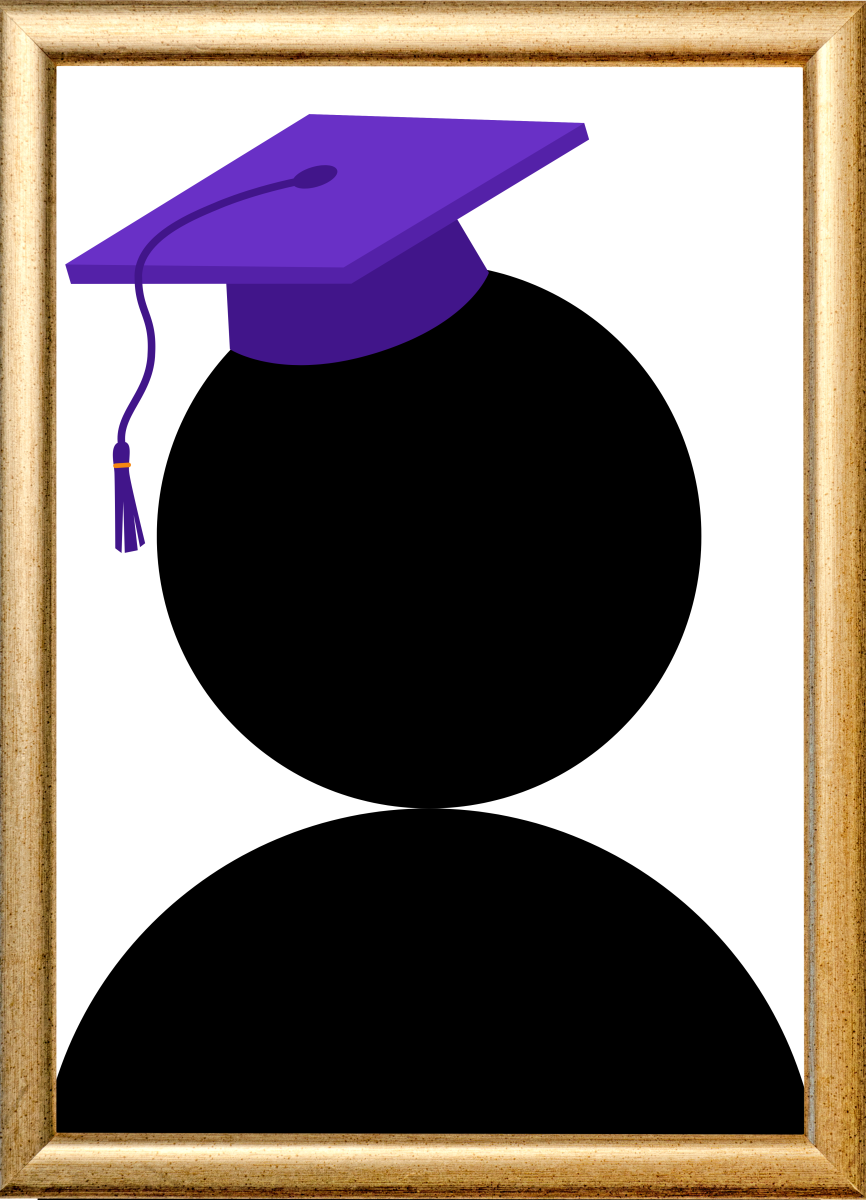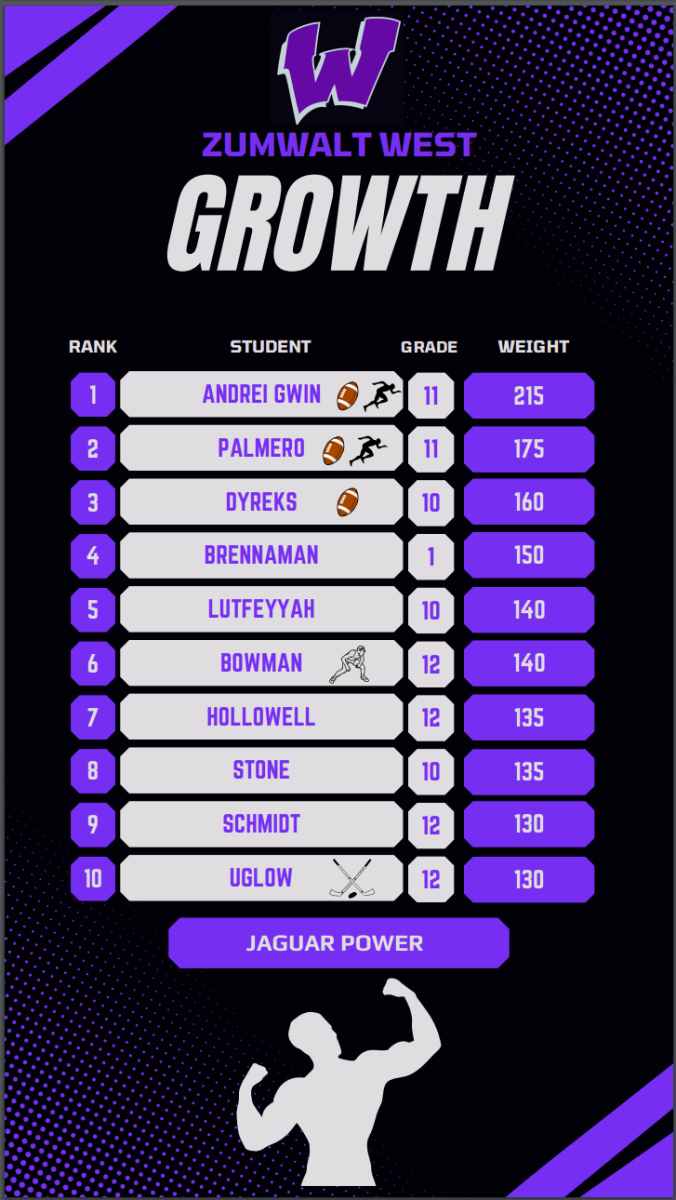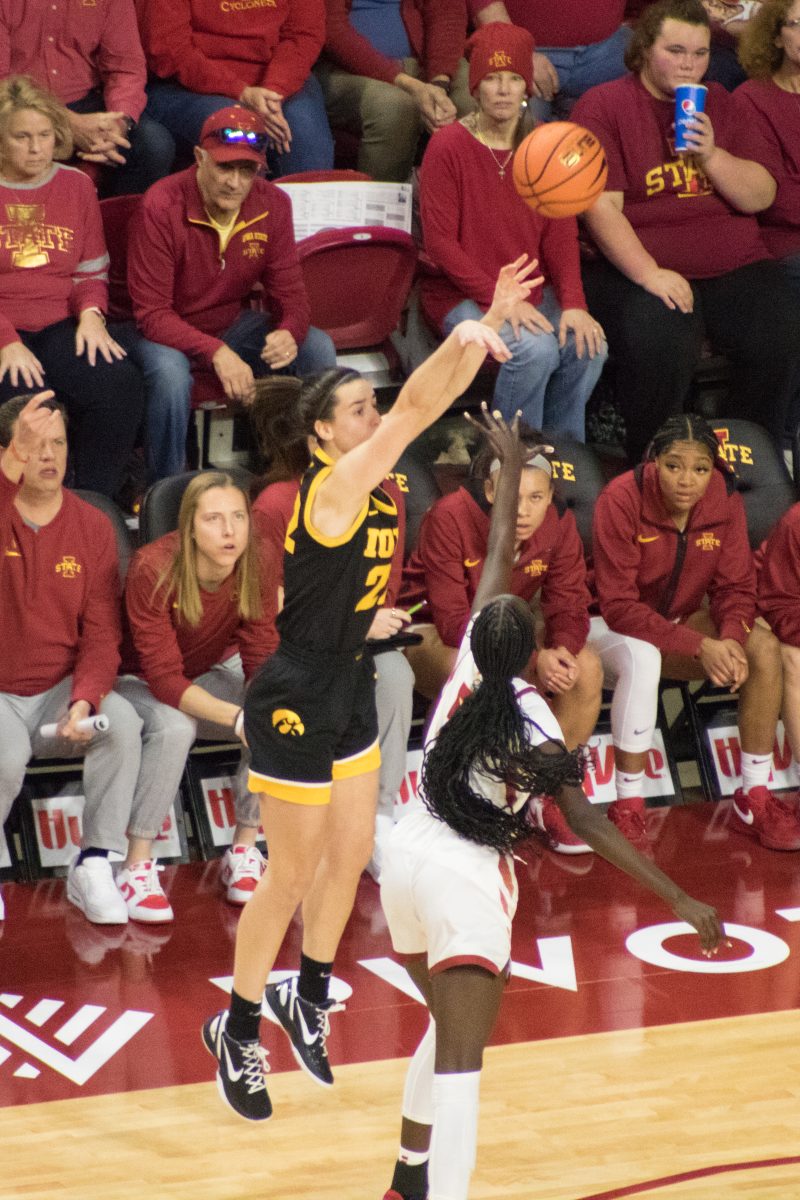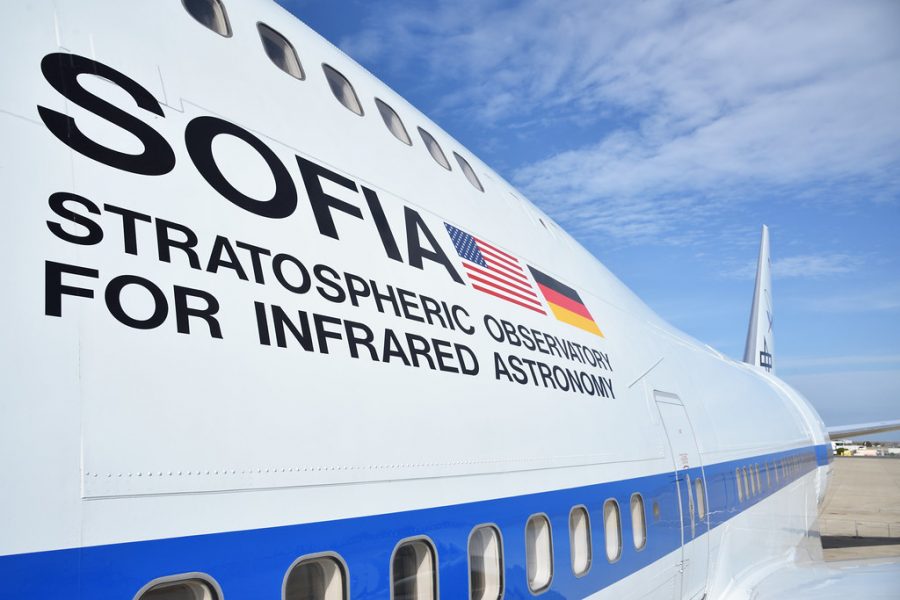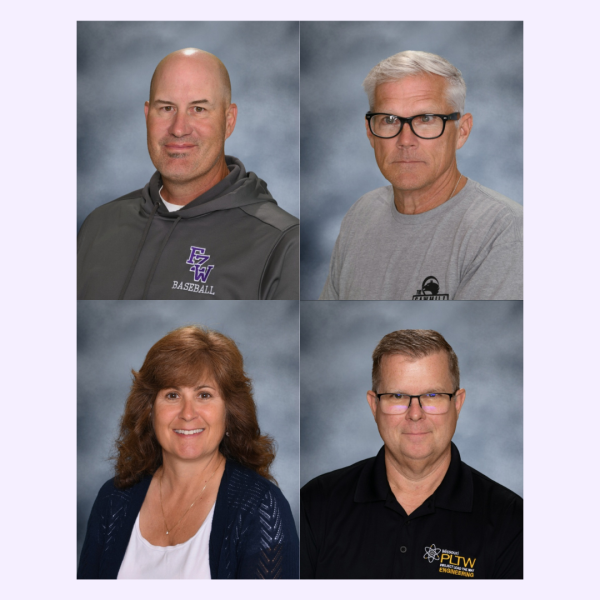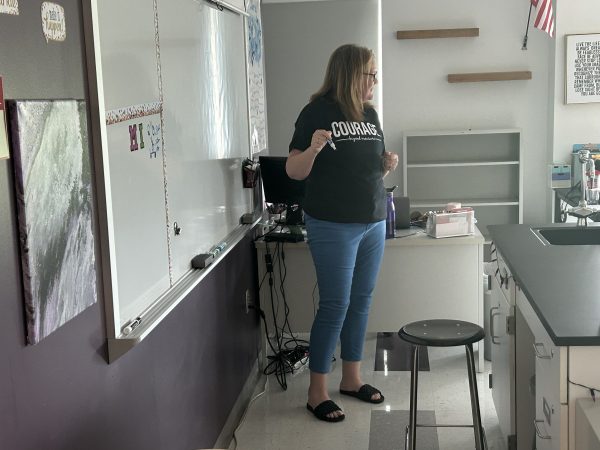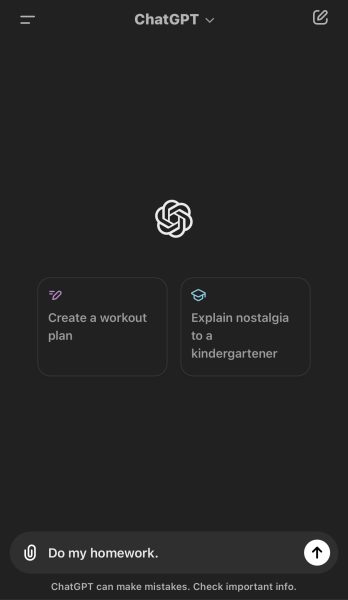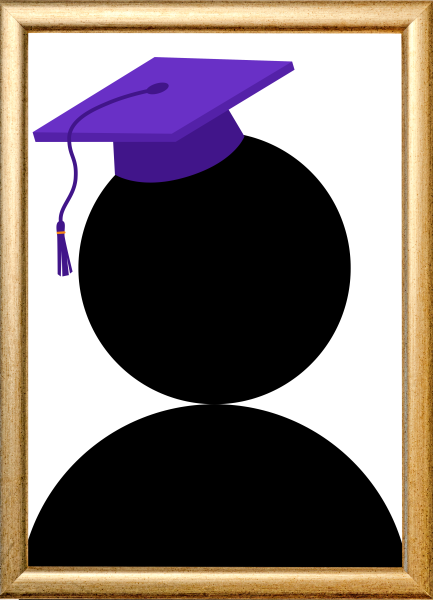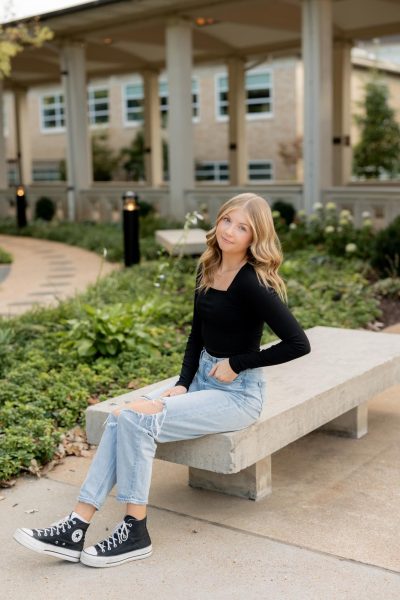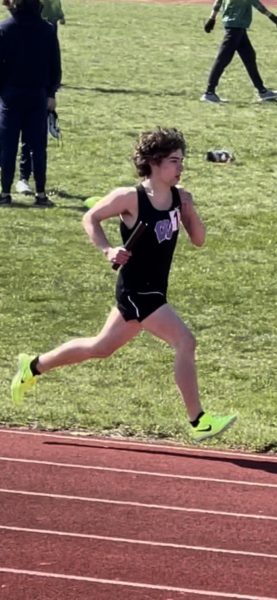Teacher Feature
Melissa Bouquet flies to the stratosphere
NASA’s Stratospheric Observatory For Infrared Astronomy (SOFIA) was built into a Boeing 747SP-21, c/n 21441, that was originally delivered to Pan Am in 1977 as N536PA. The aircraft later served United Airlines as N145UA. In NASA service it now carried US civil registration N747NA.
Fort Zumwalt West High’s very own ninth-grade physical science teacher, Melissa Bouquet, recently went up into the stratosphere from June 28 to July 3. She did it as part of NASA’s Airborne Astronomy Ambassadors, which selected 28 teachers from around the country to take part in the program.
“I first heard about the program when an email was sent out from the science curriculum coordinator with an application,” Bouquet said. “The reason they picked me was for the passion I have for my students.”
The flight lasted about 10 hours, and NASA used a Boeing 737 purchased from Pan Am Airlines in the 1990s.
“Oh my goodness, it was one of the best experiences of my life, and I got to make the trip twice during the week-long program,” Bouquet said. “One of the main reasons I did the program was to be able to share real-life experiences with my children.”
The plane flew 43,000 feet in the air, about 7,000 feet higher than a commercial flight. The difference between the commercial plane and the one Bouquet went on was that the commercial plane is in the troposphere, the lowest level of the atmosphere. In contrast, Bouquet’s flight was in the stratosphere, making the temperature extremely cold. The temperature was minus 60 degrees celsius outside of the plane, according to kmov.com.
“I just hope it inspires students to see all the options that are available to them,” astronomy and meteorology teacher Heather Anderson said. “This is a huge bonus not only for the Astronomy Department but also for the Physical Science Department because she will be able to share her experience with students.”

